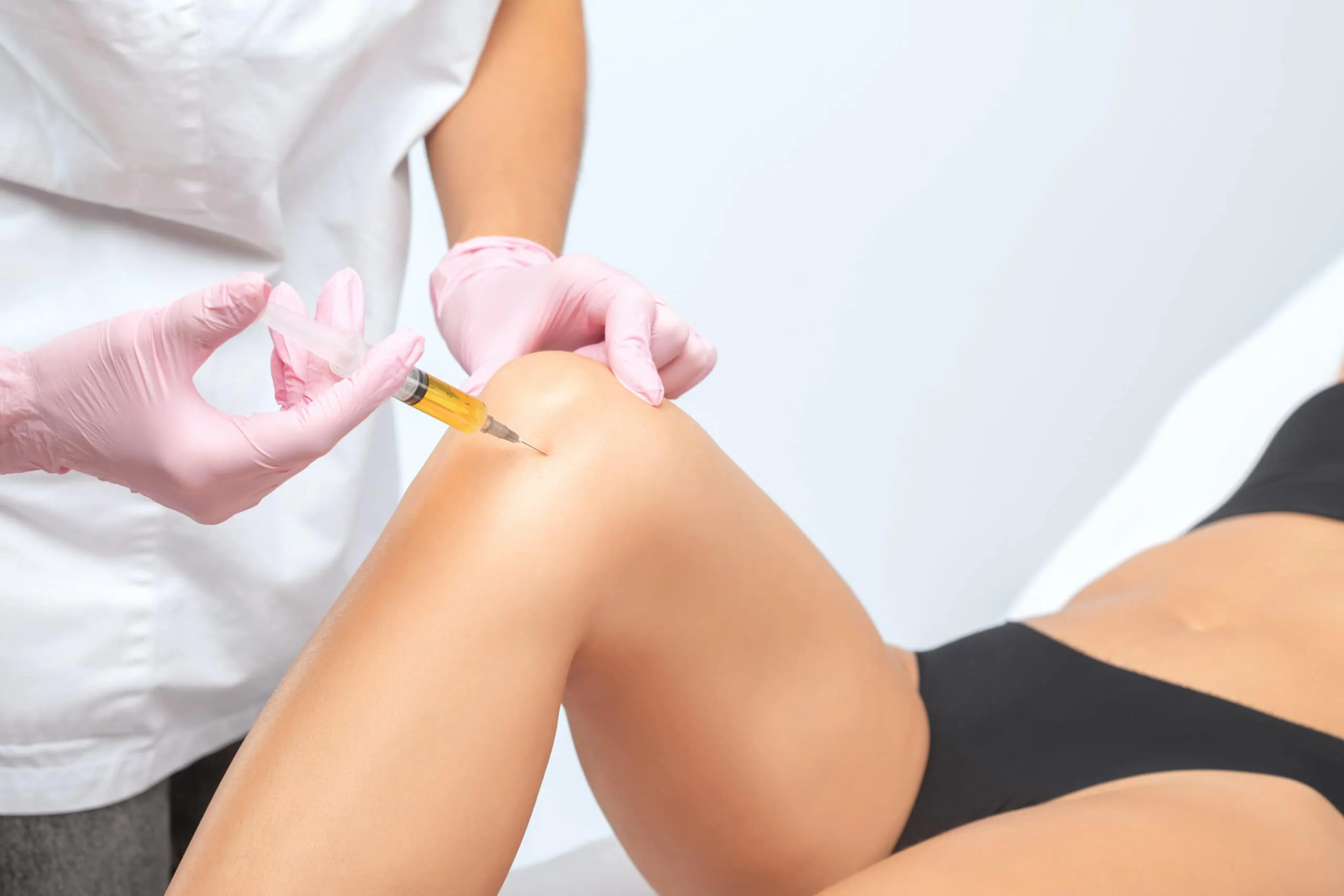Platelet-rich plasma (PRP) therapy is perhaps the most popular cutting-edge medical treatment offering well-being and aesthetic benefits. Harnessing the healing power of your blood to regenerate damaged or weak tissues, PRP therapy has gained widespread popularity for its applications across various medical fields, from orthopedics and skin care to sports medicine and even hair loss. This groundbreaking approach to rejuvenation involves extracting a solution of platelets and growth factors from the blood and then injecting it into targeted areas to stimulate the body’s natural healing processes. Whether you are seeking non-invasive cosmetic enhancements to improve the skin, exploring options for injuries, or curious about the latest ways to regrow lost hair, PRP therapy does all this and more.
What is Platelet-Rich Plasma (PRP)?
Platelets are contained within the blood, allowing the body to clot when an injury occurs. PRP therapy comprises the plasma within the blood, created by spinning blood in a centrifuge to separate blood from the plasma. Treating an area that requires healing or rejuvenation with PRP allows for damaged tissue to repair and regrow healthier.
PRP relies on platelets to improve tissue function. While the platelets help blood clot when there is an injury, other elements in the blood and platelets, like cytokines and growth factors, can aid in repairing injuries and encourage healing. PRP is useful to treat:
- Tennis elbow (lateral epicondylitis).
- Knee osteoarthritis
- Sports injuries, including pulled muscles, joint sprains, or ligament tears
- Wounds
- Hair loss
- Aging skin
The Process of PRP Therapy
A blood sample is taken during a PRP injection and then placed in a centrifuge. The centrifuge spins the blood, separating the components of the blood and often removing some of the white and red blood cells. This process takes approximately 15 minutes and leaves behind a plasma-rich serum.
With the separated plasma, a unique injection solution is made. The PRP will be applied directly to the treatment area, either topically or via injections. Sometimes, it is applied following microneedling, which allows for open channels within the skin for better penetration of the platelets.
A PRP injection treatment takes approximately one hour from start to finish. Most people can continue their daily activities after PRP treatments, but you may be instructed to rest the area for a specified period. You may not experience immediate symptom relief, but you will likely notice the affected area is healing faster in the weeks following the injection.
Applications of PRP Therapy
PRP has a wide variety of applications for both health and aesthetic concerns. PRP offers a natural and effective approach to enhancing and rejuvenating the skin, addressing signs of aging, promoting a youthful glow, and regrowing hair. The procedure involves drawing a small amount of the patient’s blood, processing it to concentrate platelets and growth factors, and then strategically injecting the PRP into targeted areas to stimulate collagen production, reducing fine lines and improving skin texture for a more youthful-looking complexion. PRP is often used to enhance specific facial features, such as the lips, cheeks, and under-eye areas, for subtle yet impactful results.
PRP Hair Restoration is also popular as a non-invasive option for hair restoration and regrowth. By injecting PRP directly into the scalp, the growth factors in the plasma stimulate dormant hair follicles to promote an increased blood supply and encourage the regeneration of new, healthier hair. PRP treatments are also believed to improve hair density, thickness, and overall quality. The therapy is particularly effective for those experiencing early stages of hair loss or thinning, as it can slow down the progression and, in some cases, reverse the condition.
Conditions Treated with PRP Therapy
Platelet-rich plasma therapy has shown to be effective in treating orthopedic injuries and for joint pain management, too. It’s a great option for those seeking non-invasive alternatives and accelerated healing. In orthopedics, PRP is commonly employed to address injuries such as sprains, strains, and chronic joint pain. The procedure involves injecting concentrated platelets and growth factors directly into the affected joint or area, stimulating tissue repair and reducing inflammation. This regenerative process promotes healing for conditions like osteoarthritis, tendonitis, and ligament injuries.
Soft tissue injuries and tendonitis also benefit significantly from PRP therapy. Tendon injuries, such as Achilles tendonitis or tennis elbow, often present challenges in traditional treatment methods. PRP is a promising solution to wound healing by enhancing the body’s natural healing capabilities. By injecting PRP directly into the injured tendon or soft tissue, the growth factors encourage cellular repair and collagen production, fostering a more robust and resilient tissue structure. This targeted approach has proven effective in alleviating pain, improving mobility, and expediting recovery. As PRP therapy advances, its role in orthopedics remains pivotal, offering patients a personalized and regenerative approach to manage and overcome a spectrum of musculoskeletal issues.






